Jack The Ripper

Jack the Ripper was an unidentified serial killer. His "line of work" involved female prostitutes who lived and worked in the slums of the East End of London whose throats were cut and their bodies mutilated. The removal of internal organs from the victims led to proposals that their killer had some anatomical or surgical knowledge. There was a large number of attacks against women in the East End during this time and an uncertainty as to how many victims were murdered by the same individual.
Eleven separate murders, stretching from 3 April 1888 to 13 February 1891, were known collectively in the police docket as the "Whitechapel murders". Five of the eleven Whitechapel murders, known as the "canonical five", are widely believed to be the work of Jack the Ripper. Deep slash wounds to the throat, extensive abdominal and genital-area mutilation, the removal of internal organs, and progressive facial mutilations adds to the distinctive features of the Ripper's modus operandi.
The first two cases in the Whitechapel murders file
Elizabeth Smith was robbed and sexually assaulted in Osborn Street, at approximately 1:30 a.m. on 3 April 1888. She had been bludgeoned about the face and received a cut to her ear. A blunt object was also inserted into her vagina, rupturing her peritoneum. She developed peritonitis and died the following day at London Hospital. She stated that she had been attacked by two or three men, one of whom she described as a teenager. This attack was linked to the later murders by the press, but most authors attribute Smith's murder unrelated to the Ripper case.
Tabram was murdered on a staircase landing in George Yard, on 7 August 1888. She had suffered 39 stab wounds to her throat, lungs, heart, liver, spleen, stomach, and abdomen, with additional knife wounds inflicted to her breasts and vagina. All the wounds had been inflicted by a right-handed individual. Tabram had not been raped.
The canonical five Ripper victims.

The body of Mary Ann Nichols was discovered at about 3:40 a.m. on Friday 31 August 1888. Her throat was severed by two deep cuts, one of which completely severed all the tissue down to the vertebrae. Her vagina had been stabbed twice, and the lower part of her abdomen was partly ripped open by a deep, jagged wound, causing her bowels to protrude. Several other incisions inflicted to both sides of her abdomen had also been caused by the same knife; each of these wounds had been inflicted in a downward thrusting manner.
One week later, on Saturday 8 September 1888, the body of Annie Chapman was discovered at approximately 6 a.m. near the steps to the doorway of the back yard of 29 Hanbury Street, Spitalfields. Her throat was severed by two deep cuts. Her abdomen had been cut entirely open, with a section of the flesh from her stomach being placed upon her left shoulder and another section of skin and flesh—plus her small intestines—being removed and placed above her right shoulder. Autopsy also revealed that her uterus and sections of her bladder and vagina had been removed. According to an eyewitness, Chapman had been seen with a man who had asked her, "Will you?" to which she had replied, "Yes."
Elizabeth Stride and Catherine Eddowes were both killed in the early morning hours of Sunday 30 September 1888. Stride's body was discovered at approximately 1 a.m. in Dutfield's Yard, off Berner Street. A single clear-cut incision, measuring six inches across her neck had severed her left carotid artery and her trachea. The absence of any further mutilations to her body has led to uncertainty as to whether Stride's murder was committed by the Ripper, or whether he was interrupted during the attack.
Eddowes's body was found in Mitre Square in the City of London, three-quarters of an hour after the discovery of the body of Elizabeth Stride. Her throat was severed and her abdomen ripped open by a long, deep and jagged wound before her intestines had been placed over her right shoulder. The left kidney and the major part of the uterus had been removed, and her face had been disfigured, with her nose severed, her cheek slashed, and cuts measuring a quarter of an inch and a half an inch respectively vertically incised through each of her eyelids. A triangular incision had also been carved upon each of her cheeks, and a section of the auricle and lobe of her right ear was later recovered from her clothing. The police surgeon who conducted the post mortem upon Eddowes's body stated his opinion these mutilations would have taken "at least five minutes" to complete.
The murders of Stride and Eddowes ultimately became known as the "double event".
A section of Eddowes's bloodied apron was found at the entrance to a tenement in Goulston Street, Whitechapel, at 2:55 a.m. A chalk inscription upon the wall directly above this piece of apron read: "The Juwes are The men That Will not be Blamed for nothing." The message appeared to imply that a Jew or Jews in general were responsible for the series of murders, but it is unclear whether the graffito was written by the murderer on dropping the section of apron, or was merely incidental and nothing to do with the case.
The extensively mutilated and disembowelled body of Mary Jane Kelly was discovered lying on the bed in the single room where she lived at 13 Miller's Court, off Dorset Street, Spitalfields, at 10:45 a.m. on Friday 9 November 1888. Her face had been "hacked beyond all recognition", with her throat severed down to the spine, and the abdomen almost emptied of its organs. Her uterus, kidneys and one breast had been placed beneath her head, and other viscera from her body placed beside her foot, about the bed and sections of her abdomen and thighs upon a bedside table. The heart was missing from the crime scene.
The mutilations became increasingly severe as the series of murders proceeded, Nichols was not missing any organs; Chapman's uterus and sections of her bladder and vagina were taken; Eddowes had her uterus and left kidney removed and her face mutilated; and Kelly's body was extensively eviscerated, with her face "gashed in all directions" and the tissue of her neck being severed to the bone, although the heart was the sole body organ missing from this crime scene.
Other Recorded Murders
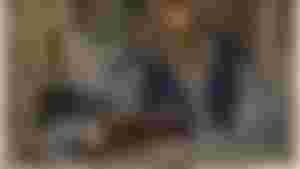
The strangled body of 26-year-old Rose Mylett was found in Clarke's Yard, High Street, Poplar on 20 December 1888. There was no sign of a struggle, and the police believed that she had either accidentally hanged herself with her collar while in a drunken stupor or committed suicide. However, faint markings left by a cord on one side of her neck suggested Mylett had been strangled.
Alice McKenzie was murdered shortly after midnight on 17 July 1889 in Castle Alley, Whitechapel. She had suffered two stab wounds to her neck, and her left carotid artery had been severed. Several minor bruises and cuts were found on her body, which also bore a seven-inch long superficial wound extending between beneath her left breast and her navel.
"The Pinchin Street torso" was a decomposing headless and legless torso of an unidentified woman aged between 30 and 40 discovered beneath a railway arch in Pinchin Street, Whitechapel, on 10 September 1889. Bruising about the victim's back, hip, and arm indicated she had been extensively beaten shortly before her death. The victim's abdomen was also extensively mutilated, although her genitals had not been wounded. She appeared to have been killed approximately one day prior to the discovery of her torso. The dismembered sections of the body are believed to have been transported to the railway arch, hidden under an old chemise.
At 2:15 a.m. on 13 February 1891, PC Ernest Thompson discovered a 25-year-old prostitute named Frances Coles lying beneath a railway arch at Swallow Gardens. Her throat had been deeply cut but her body was not mutilated, leading some to believe Thompson had disturbed her assailant. Coles was still alive, although she died before medical help could arrive. A 53-year-old stoker, James Thomas Sadler, had earlier been seen drinking with Coles, and the two are known to have argued approximately three hours before her death. Sadler was arrested by the police and charged with her murder. He was briefly thought to be the Ripper, but was later discharged from court for lack of evidence on 3 March 1891
A 38-year-old widow named Annie Millwood was admitted to the Whitechapel Workhouse Infirmary with numerous stab wounds to her legs and lower torso on 25 February 1888, informing staff she had been attacked with a clasp knife by an unknown man. She was later discharged, but died from apparently natural causes on 31 March.
"The Whitehall Mystery" was a term coined for the discovery of a headless torso of a woman on 2 October 1888 in the basement of the new Metropolitan Police headquarters being built in Whitehall. An arm and shoulder belonging to the body were previously discovered floating in the River Thames near Pimlico on 11 September, and the left leg was subsequently discovered buried near where the torso was found on 17 October. The other limbs and head were never recovered and the body was never identified. The mutilations were similar to those in the Pinchin Street torso case, where the legs and head were severed but not the arms.
The autumn of 1888 found George Lusk most agitated. Lusk began to worry that somebody, a mysterious bearded man, he thought, was watching his house.
On 16 October, a little parcel arrived at Lusk’s house in the evening mail, its postmark showing that it had been sent the day before. Lusk read the accompanying letter. “From hell,” it began, and continued in ungrammatical, misspelled English:
“Mr Lusk. Sor, I send you half the Kidne I took from one women prasarved it for you tother piece I fried and ate it was very nise. I may send you the bloody knif that took it out if you only wate a whil longer. signed Catch me when you can Mishter Lusk.”
In the parcel he found a little lump, preserved in alcohol, he was persuaded to take it for medical tests. The results were chilling. It was half of a human kidney; according to a newspaper report, one medical expert thought it had come from a woman aged about 45 who drank heavily. The Ripper’s second victim, Catherine Eddowes, had been 46 and was a drinker and it was known that her kidney had been cut out.
The murders are endless and quite gruesome and horrifying but in all, the killer was never found.
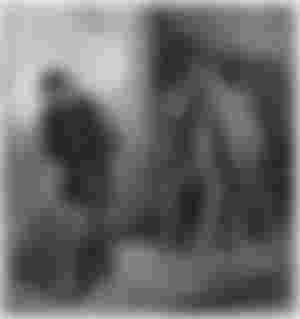
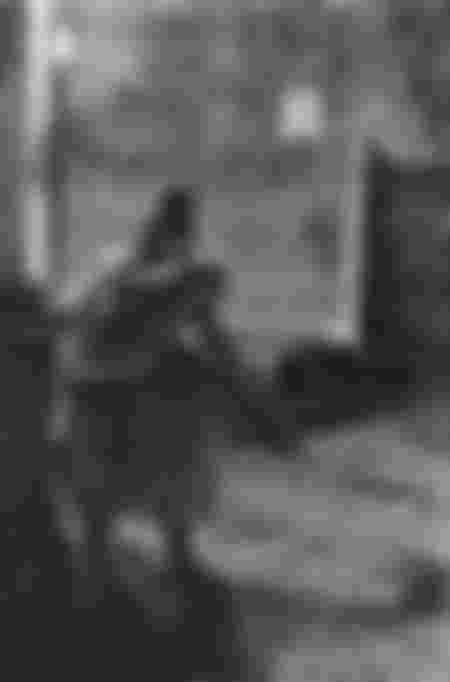

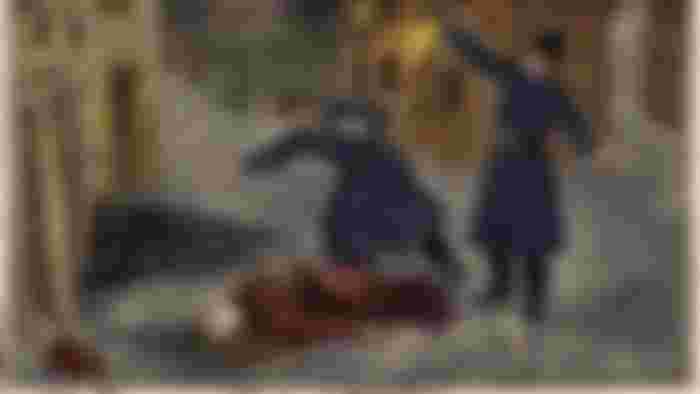
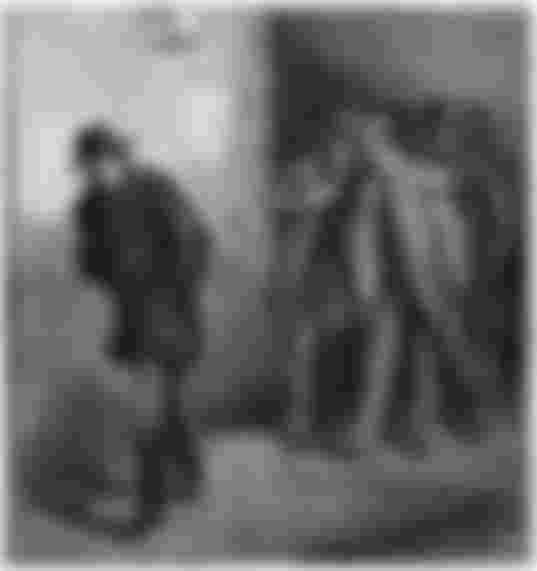
I remember there were a bunch of letters that came though. Along with that missing ear